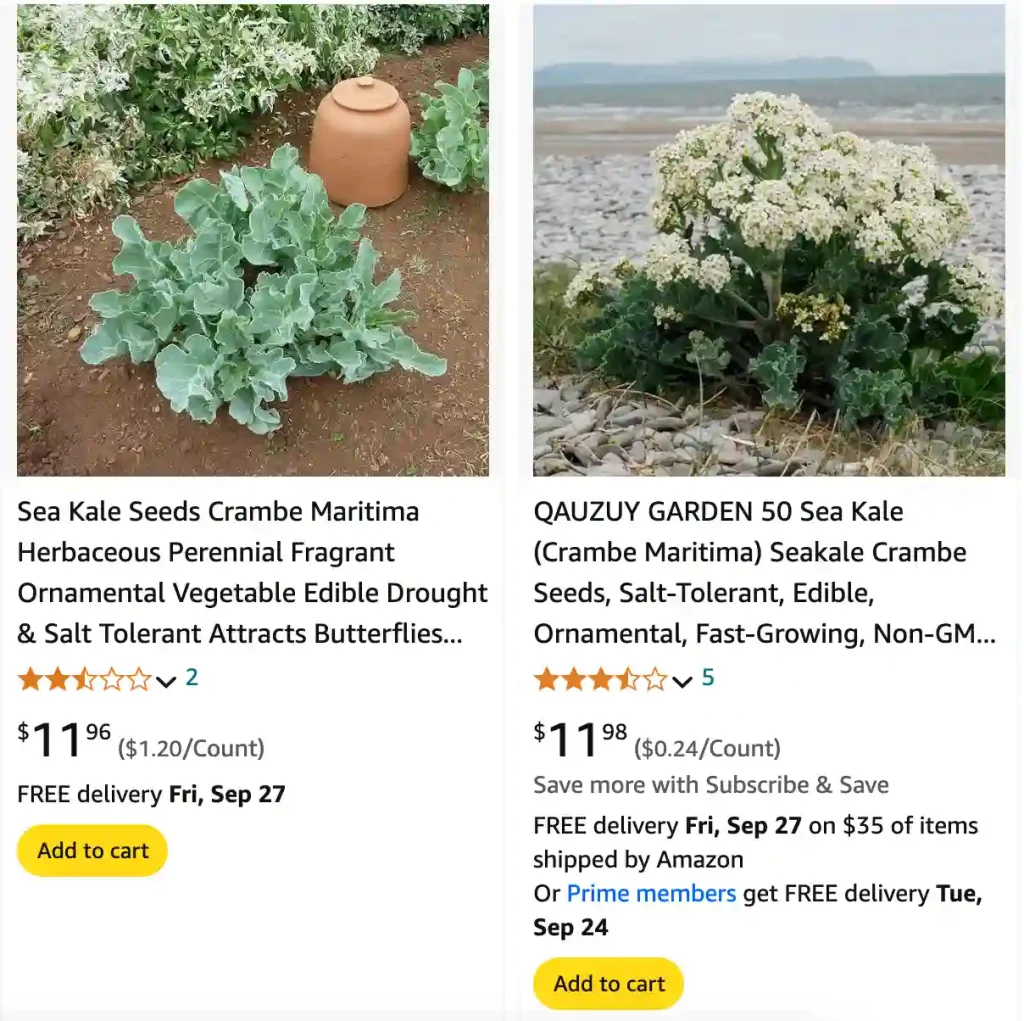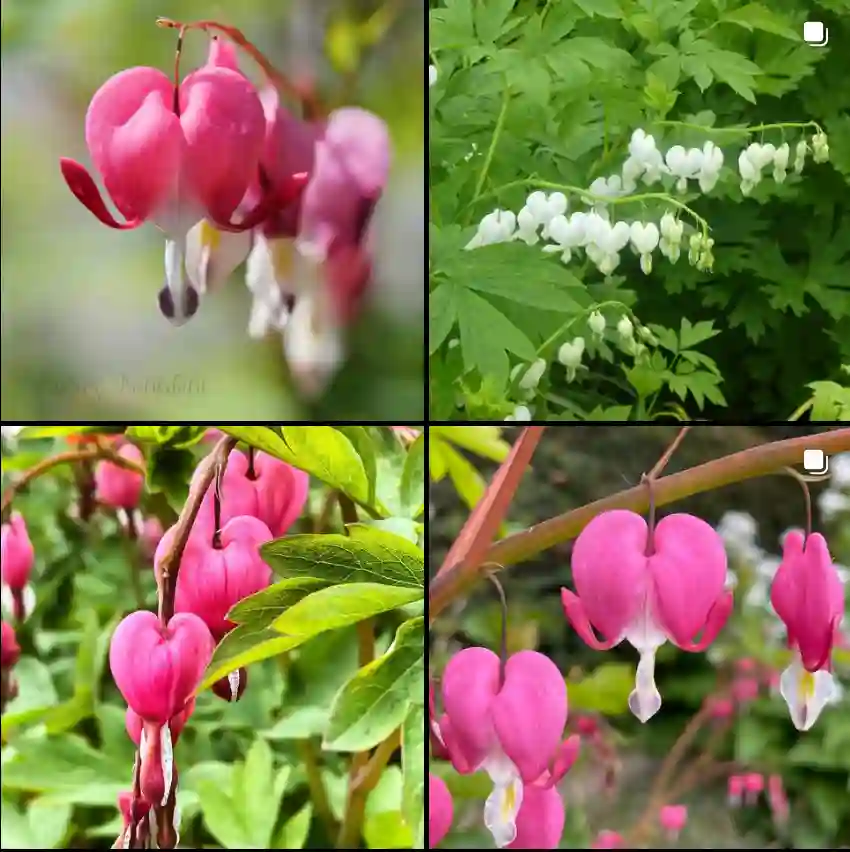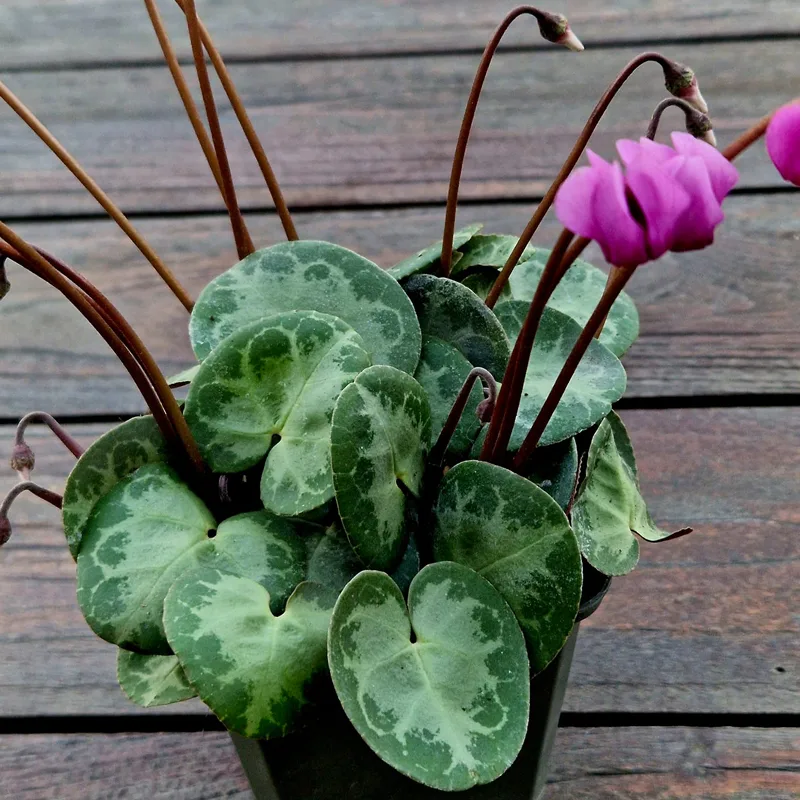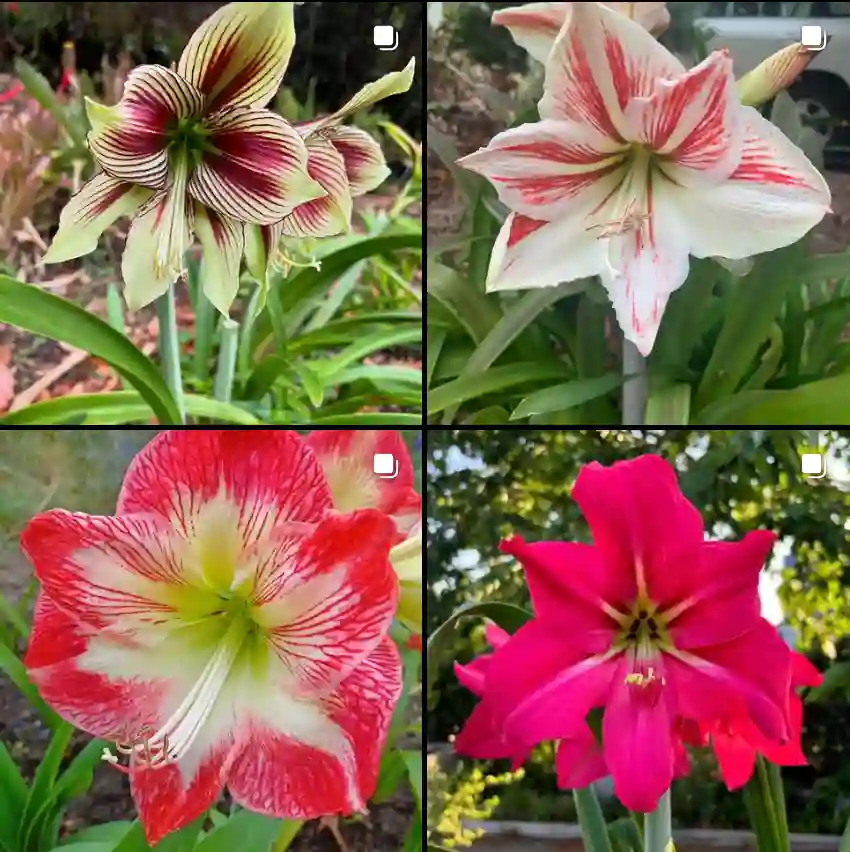
FAQs About Crambe Maritima
As an avid gardener and plant enthusiast, I’ve often come across intriguing plants that spark curiosity. One such plant is Crambe Maritima, also known as sea kale. This unique perennial has captured my interest not only for its appearance but also for its culinary potential. In this article, I’ll answer some frequently asked questions about Crambe Maritima, covering everything from its edibility to care tips.
What is Crambe Maritima?
Crambe Maritima is a perennial plant belong to the Brassicaceae family, native to coastal regions of Europe and Asia. It thrives in sandy soils and can tolerate salt spray, making it a resilient choice for coastal gardens. The plant features broad, wrinkled leaves and produces white flowers in clusters during the summer. Beyond its ornamental value, Crambe Maritima is gaining attention for its culinary uses.
Plant Family: 354 Genera in Brassicaceae
Is Crambe Maritima Edible?
Yes, Crambe Maritima is indeed edible! The young leaves and flower buds can be harvested and used in salads or cooked dishes. They have a mild, cabbage-like flavor, which makes them a versatile addition to various recipes. I’ve enjoyed using the tender leaves in stir-fries, and they add a delightful crunch to salads. Just remember to harvest the young growth, as older leaves can become tough and less palatable.
Will Crambe Maritima Reseeding?
Crambe Maritima is known to reseed itself under the right conditions. After flowering, it produces seeds that can spread in your garden if not managed. I’ve noticed that allowing a few plants to go to seed can be beneficial, as it creates a natural cycle of growth. However, if you prefer a more controlled garden, you might want to monitor the reseeding and thin out any excess seedlings.
How to Care for Crambe Maritima?
Caring for Crambe Maritima is relatively straightforward. This plant thrives in well-drained soil and prefers full sun to partial shade. I’ve found that giving it a bit of space allows the leaves to expand fully. Watering is essential, especially during dry spells, but be careful not to overwater. Mulching can help retain moisture and suppress weeds, making it easier to manage your garden.
How to Propagate Crambe Maritima?
Propagation can be done through seeds or divisions. I’ve had success starting seeds indoors in late winter, then transplanting the seedlings outside once they’re strong enough. If you prefer division, you can dig up an established plant in early spring and separate it into smaller sections. Make sure each section has a good root system to ensure successful growth.
Can You Grow Crambe Maritima Indoors?
While Crambe Maritima is primarily suited for outdoor cultivation, it’s possible to grow it indoors if you have adequate light. A bright, sunny window or grow lights can help mimic its natural environment. However, I’ve found that this plant thrives best outdoors, where it can soak up the sun and enjoy the fresh air.
Is Crambe Maritima Toxic?
No, Crambe Maritima is not considered toxic. In fact, it’s quite the opposite! It offers numerous health benefits. The young leaves are rich in vitamins and minerals, making them a healthy addition to your diet. However, as with any edible plant, moderation is key. I always recommend doing a bit of research or consulting a local expert if you’re unsure about consuming any new plant.
What to Plant with Crambe Maritima?
Crambe Maritima pairs well with various coastal plants and herbs. I often plant it alongside lavender, which complements its salty tolerance and attracts pollinators. Other good companions include sea oats, thyme, and even some succulents, creating a harmonious coastal garden that thrives in sandy soils.
Common Problems with Crambe Maritima
Like any plant, Crambe Maritima can face challenges. Common issues include pests like aphids and caterpillars. I’ve dealt with aphids by introducing beneficial insects like ladybugs or using insecticidal soap. Fungal diseases can also occur, particularly if the plant is overwatered. Ensuring good air circulation and proper watering practices can help prevent these problems.
Compare Crambe Maritima with Similar Plants
Crambe Maritima is sometimes confused with other leafy greens, such as kale or collard greens. While these plants are edible, Crambe Maritima offers a unique coastal twist with its distinct flavor and adaptability. Unlike typical kale, which prefers cooler climates, Crambe Maritima can thrive in salty coastal areas, making it a fascinating addition to gardens near the ocean.
In conclusion, Crambe Maritima is not just a visually appealing plant; it’s also a valuable culinary asset. Whether you’re considering adding it to your garden or experimenting with its edibility, I hope this article helps you appreciate this remarkable plant even more! Happy gardening!
If i die, water my plants!



